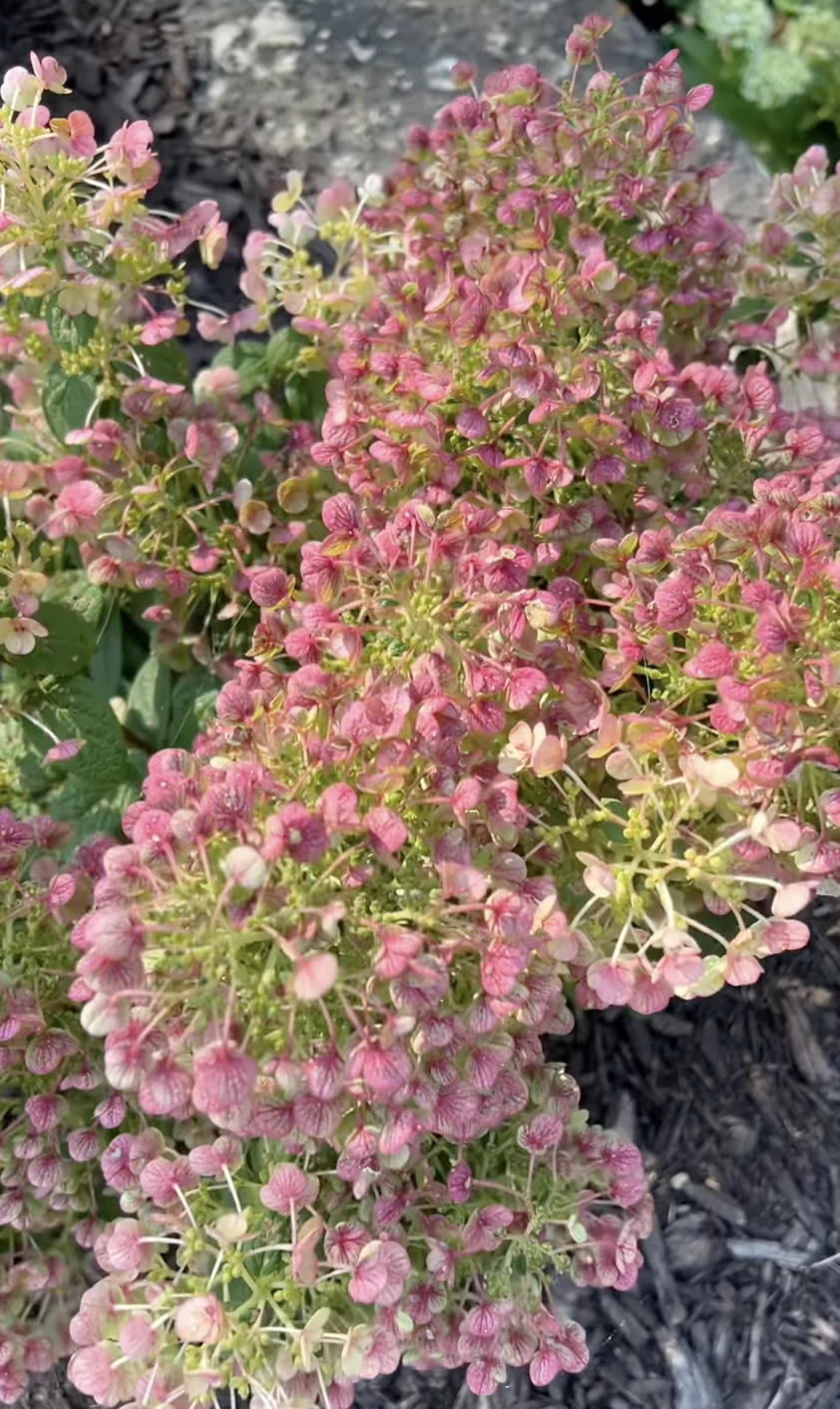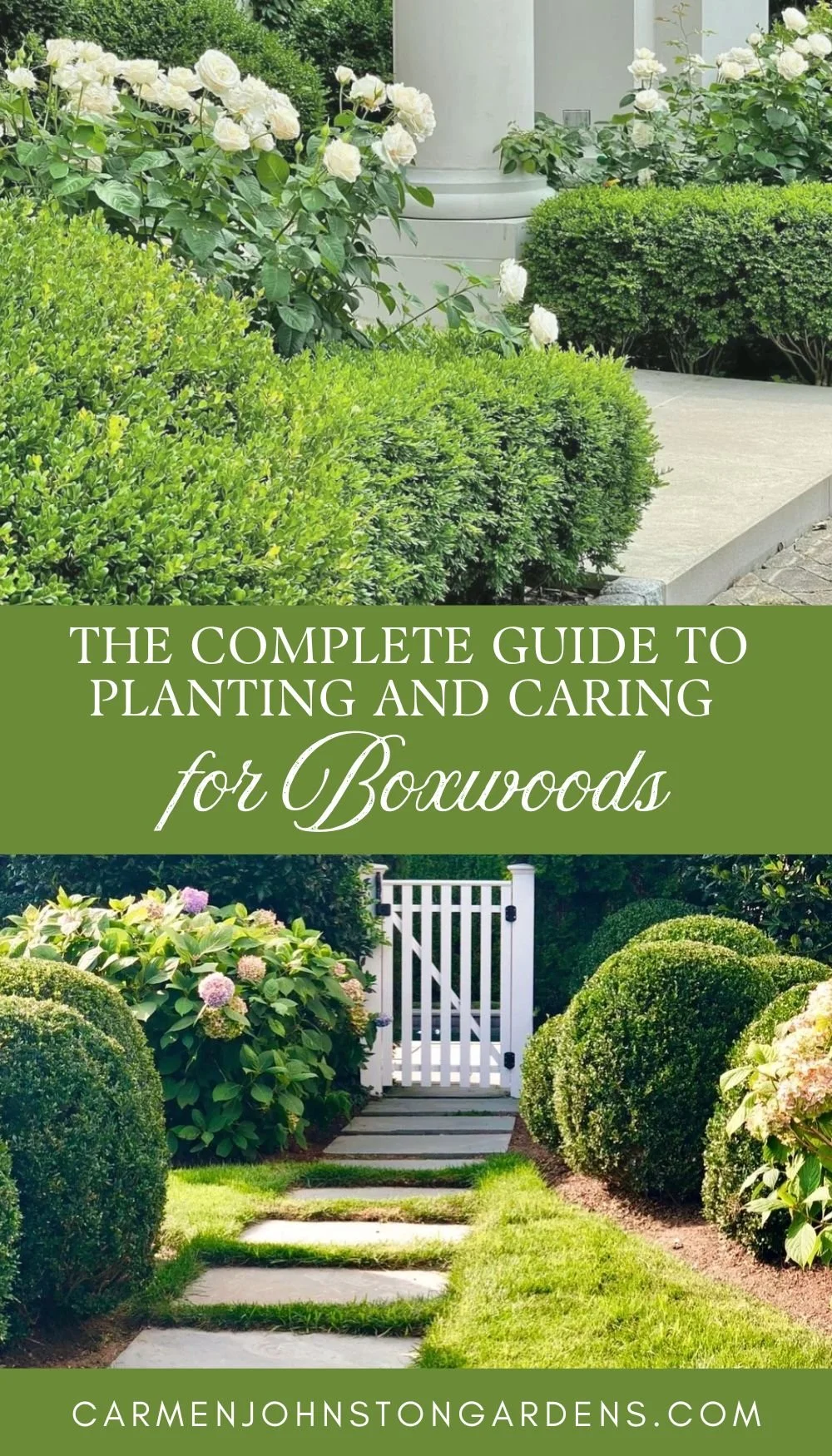The Secret to Antiquing Hydrangeas: How to Extend Bloom Life
Did you know that every hydrangea goes through its own unique antiquing process? This week I went in-depth about the antiquing process of hydrangeas on my Instagram page. (Watch the Video Here).
It’s one of my favorite parts of gardening!! The moment when these blooms begin to change and reveal a whole new layer of beauty. What starts as a fresh, full blossom transforms into a vintage treasure with rich colors, textured petals, and an old-world charm that floral designers dream about (and will pay TOP DOLLAR for their centerpieces!)
But this process takes patience. This isn’t something you can force.
It’s Mother Nature’s reward when you’ve cared well for your plants, especially by keeping them hydrated during the hottest months of the year. The secret is in the controlled aging. You simply let the blooms stay on the plant longer and watch as time does its magic.
As summer stretches on, the petals start to deepen in color. What was once soft pink might shift to dusky mauve. Blues mellow into silvery greens. Creamy whites take on the faintest touch of bronze. The textures become more interesting, too! Some are papery, (almost leathery) they hold their shape beautifully for dried arrangements.
But here’s what makes it really special:
Each hydrangea variety antiques in its own way!
Some will develop rich, moody tones. Others soften into delicate pastels. No two blooms look exactly alike, and that’s the beauty of it!
This process is called “antiquing”.
It’s like a second life for your hydrangeas, and in my opinion, sometimes they’re even prettier the second time around.
The secret to getting them to develop those beautiful muted, vintage tones at the end of the season is patience and timing. Here’s a step-by-step of how to do it:
🌿 What is the best way to preserve hydrangeas?
If you want to enjoy this transformation in your own garden, the key is to keep your hydrangeas well-watered all summer long. Resist the urge to cut them too early. Instead, let them linger. Once the blooms feel a bit papery to the touch and their colors start to shift, you’ll know the antiquing process has begun.
The key to preserving your hydrangea blooms for many years is to let the blooms mature on the plant. To “antique” your hydrangeas, you don’t cut them at peak bloom. Instead, let the blooms age naturally on the shrub. Over time, the vibrant blues, pinks, or whites will fade and take on stunning shades of green, burgundy, mauve, or dusty rose, depending on the variety and soil.
🌿 When to Cut for Drying
Wait until late summer to early fall, once the blooms feel papery or leathery to the touch.
Gently squeeze a bloom: if it feels firm and dry, it’s ready.
If it's still soft or bouncy, it will wilt instead of drying nicely.
🌿 How to Preserve the Antique Look
Once they’ve aged:
Cut the stems at an angle in the early morning.
Strip off lower leaves.
Place them in a vase with about an inch or two of water. Add a few drops of Clorox to help prevent mold.
Let the water evaporate to nothing slowly over a week or two. This method helps preserve their shape and color.
🌿 Bonus Tips:
Panicle and mophead hydrangeas antique best.
Flowers that receive morning sun + afternoon shade tend to last longer and antique more gracefully.
Don't fertilize too late in the season. It encourages new growth instead of allowing the blooms to age.
Want more hydrangea tips?
If you loved this post, be sure to download my free Ultimate Hydrangea Guide for more tips on how to care for hydrangeas!










